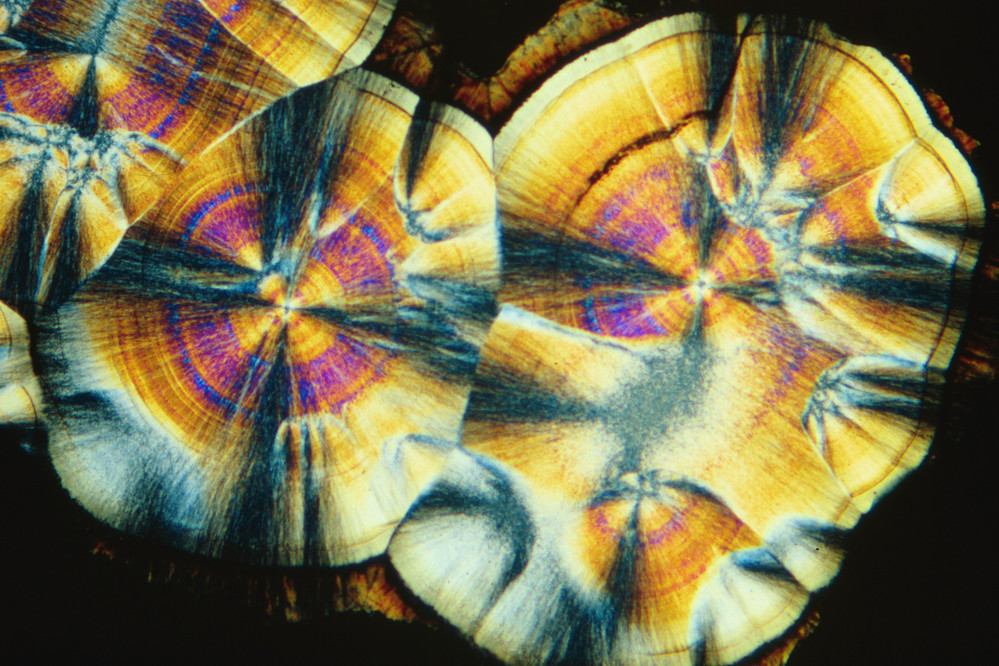| P number: | P524433 |
|---|---|
| Caption: | Photomicrograph of chalcedony. Light: XPL, Magnification x 2. |
| Description: | The image is a thin section photomicrograph of chalcedony, taken under crossed-polarized light in order to show the interference colours of the various constituents. British Geological Survey Petrology Collection sample number ED 1225. Light: XPL, Magnification x 2. Light: XPL, Magnification x 2. The effect of crossed polarising light using a petrological microscope is to induce an interference pattern of light within the mineral components of the rock. Different mineral types show different colours, termed birefringence, and this effect can be used to distinguish and identify different mineral types. Muscovite mica has a particularly high birefringence, producing very brightly coloured crystals, whilst quartz has a low birefringence and is typically white or grey under crossed-polarized light. Mineralogists use the name chalcedony for silica with a fibrous microstructure though it is commonly known as a pale grey variety of silica with or without characteristic banding. Chalcedony is the cryptocrystalline variety of quartz i.e. it is essentially fibrous. Banded forms include agate, onyx and sardonyx; reddish or brownish varieties are called sard or carnelian; green varieties include prase and chrysoprase; jasper is red and chert-like. Chalcedony is a low-temperature hydrothermal vein product and is found as an amygdale filling in lavas in literally 'almond-shaped' cavities that are subsequently filled with a mineral. |
| Date taken: | Wed Jan 01 00:00:00 GMT 2003 |
| Photographer: | Hyslop, E.K. |
| Copyright statement: | NERC |
| Orientation: | Landscape |
| Size: | 286.03 KB; 999 x 666 pixels; 85 x 56 mm (print at 300 DPI); 264 x 176 mm (screen at 96 DPI); |
| Average Rating: | Not yet rated |
| Categories: | Best of BGS Images/ Rocks and minerals under the microscope |
Reviews
There is currently no feedback

